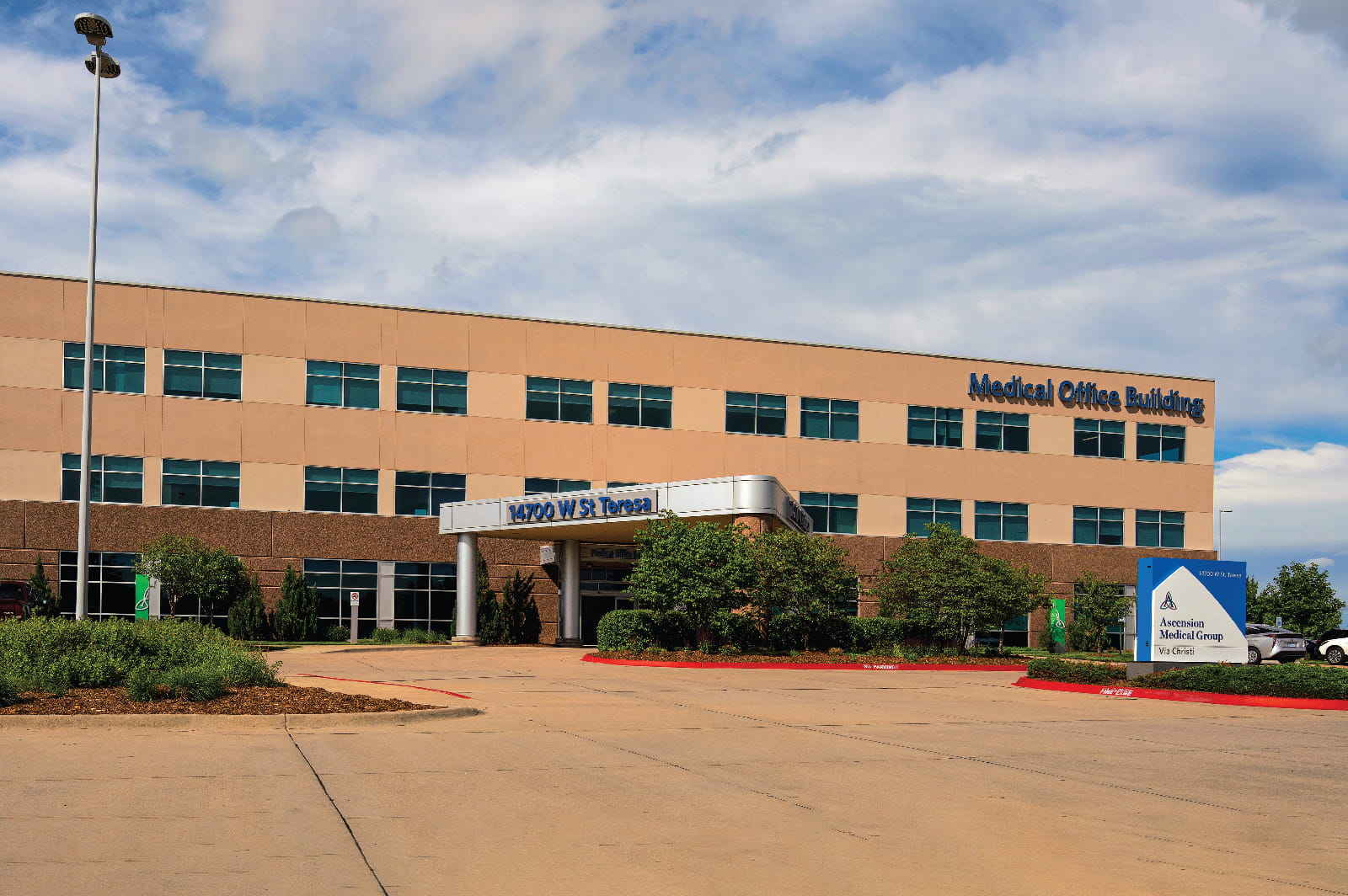
Ascension Via Christi Hernia Center
- Surgery
Hours
Monday: 9 a.m. - 5 p.m.
Tuesday: 9 a.m. - 5 p.m.
Wednesday: 9 a.m. - 5 p.m.
Thursday: 9 a.m. - 5 p.m.
Friday: 9 a.m. - 5 p.m.
Saturday: Closed
Sunday: Closed
Appointments
After Hernia Surgery
Hospital Stay
Most groin and ventral hernias can be discharged home the day of surgery. More complex repairs can have hospital stays of one to seven days. Each patient and every operation is different.
Early hospital discharge is a benefit of minimally invasive surgery and we have found that even the most complex robotic-assisted abdominal wall reconstructions are discharged 2-3 days earlier than patients who require traditional open operations.
Are there restrictions after a hernia repair?
Because the spectrum of hernia-related disease is so broad, this is not a simple answer. Also, we realize that activity restrictions impact home and work life.
In general, most repairs require several days before patients start feeling well enough to do much of anything. For a straight forward repair we generally tell patients to plan on 10 days of no vigorous physical activity or lifting more than 5-15 pounds. Stairs are OK and so is driving once the patient has stopped taking their narcotic pain medication. Our goal for these patients is to be walking three times daily for 20-30 minutes per session by the time the return to clinic for their postoperative visit, usually between 10-12 days after their operation. After this postoperative visit, they can advance to their normal activity levels at their own pace.
For more complex repairs, as in the case of abdominal wall reconstructions, we generally recommend a gradual increase in activity over 4-6 weeks followed by 6-8 weeks of physical therapy to strengthen the abdominal core muscles. Again, this is variable and driven more than anything by how the patient is progressing.
How will my pain be treated?
Hernia operations are notorious for being painful and controlling this pain is one of the most common concerns discussed in preoperative planning sessions.
We have a five part strategy to address the pain and discomfort associated with hernia repair:
- Minimally-invasive surgery. In addition to lower infection rates, shorter hospital stays and less blood loss, most patients who have minimally-invasive hernia repairs have less overall pain. In our experience this is especially true in regard to robotic-assisted operations.
- TAP blocks. After a patient is asleep in the operating room the anesthesiologist uses an ultrasound machine to guide injection of local anesthetic into the nerves of the abdominal wall. This is referred to as a TAP block and can provide effective pain relief for 8-24 hours.
- Nonnarcotic alternatives. Significant pain control can be achieved with medications that are not narcotic. Our goal is to maximize the use of these nonnarcotic alternatives and minimize the use of narcotics.
- Encourage activity. In our experience, patients who have persistent pain are those who are not active enough after surgery. We have found encouraging walking and stretching in the days after surgery to be of significant benefit in regard to pain control.
- Enhanced-recovery pathways. An enhanced-recovery pathway is recipe for a group of medicines to be given to the patient with the goal of decreasing pain and encouraging return of normal body function. ERP’s have been show to be beneficial in many types of surgery patients, including those who have hernia repairs.
Narcotics are prescribed sparingly and much less often than they were several years ago. We have specific policies that are guided by national guidelines that dictate how many narcotic pills are prescribed for a given procedure.
This five part strategy is often successful and patients often take less than 5 pills. Some do not even fill their prescription.
What should I worry about after hernia surgery?
The bottom line if you have a question, give us a call. We take a great deal of pride in being available for our patients and referring physicians.
Things that we want to know about include but are not limited to: signs of bleeding or swelling around the wound, wound drainage, redness around the wound, fever greater then 101.5, nausea, more than 2-3 episodes of vomiting or diarrhea, inability to urinate, abdominal bloating, constipation for more than two days, or pain that is new, different, or poorly controlled.